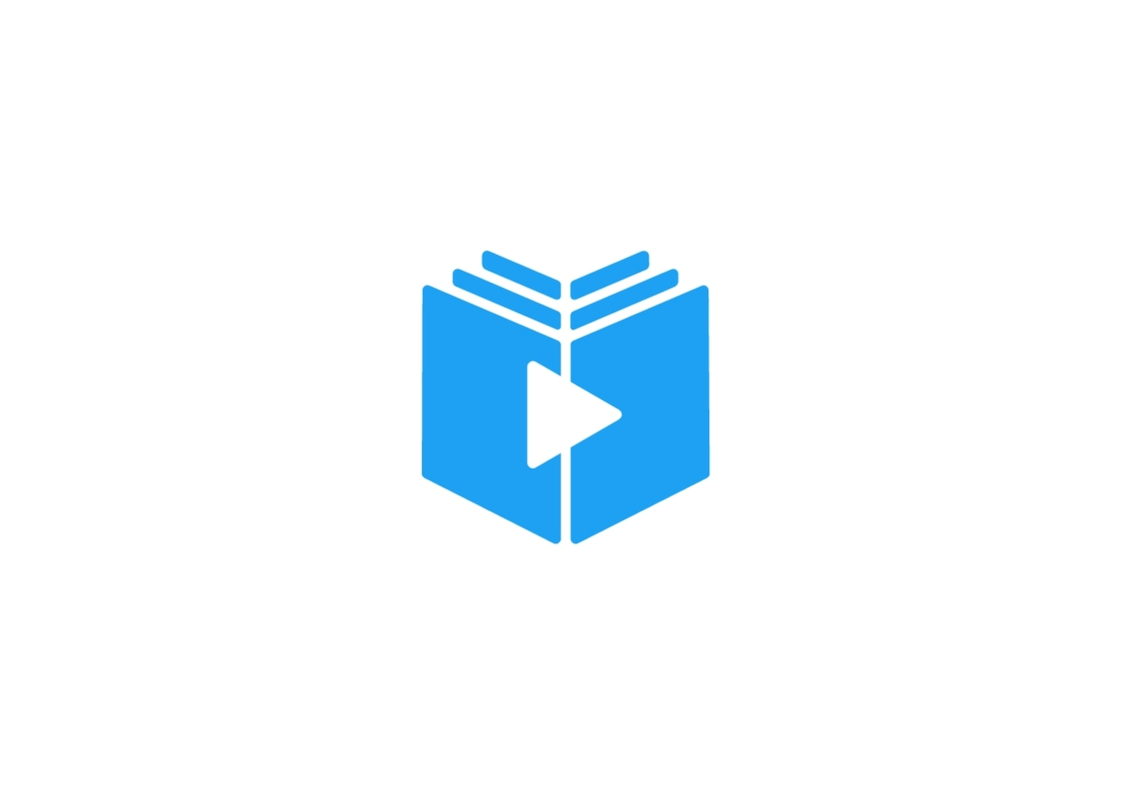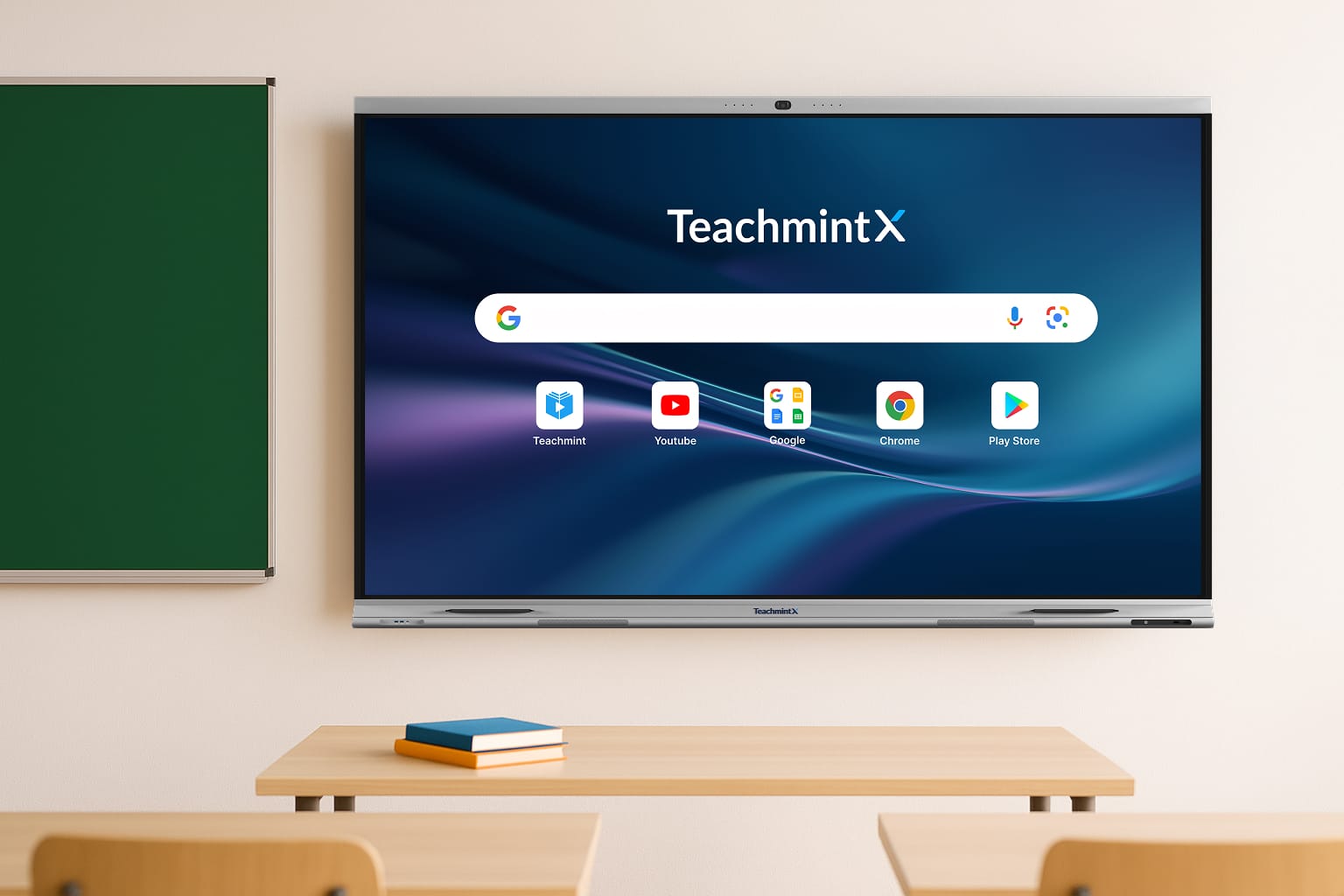Introduction
With a wave of digital transformation sweeping through Indian schools, choosing the right classroom display has become both more exciting — and more confusing. Should you invest in Annotation Display Boards (ADBs), interactive screens, or go for a full-fledged digital teaching board?
Each of these technologies has its strengths and limitations. In this blog, we’ll help school decision-makers, principals, and educators evaluate which solution makes the most sense based on your infrastructure, academic goals, and teaching needs.
Explore India’s best digital board for Teaching here.
Understanding the Three Technologies
| Type | Description |
|---|---|
| Annotation Display Board | A screen + stylus tool with basic writing, erasing, and screen mirroring functions. Often used with a laptop. |
| Interactive Screens | A large touch-sensitive LED display with in-built Android/Windows, used for multimedia and smart teaching. |
| Digital Teaching Board | Combines an panel with education software, AI capabilities, lesson saving, recording, and classroom-ready features. A plug-and-play smart board. |
Key Differences at a Glance
| Feature | ADB | Interactive Screens | Digital Board |
|---|---|---|---|
| Writing tools | Basic | Yes | Advanced (gestures, pens, shape tools) |
| Operating System | Needs external PC | Built-in Android/Windows | Dual-OS or upgraded Android |
| Teaching apps | External | Some | Pre-installed, education-focused, AI Powered Software |
| Screen quality | Varies | HD / 4K | 4K anti-glare |
| Student interaction | Low | Moderate | High (multi-touch, student use) |
| Usability | Moderate | Good | Excellent for classroom flow |
| Cost | Low–Medium | Medium–High | Medium–High (but higher ROI) |
When to Use an Annotation Display Board (ADB)
Choose this if:
- You’re a small school with limited budget
- You already use laptops/projectors and want better annotation tools
- You need an upgrade from chalkboard but not a full smart board yet
When an Interactive Panel Works Best
Interactive panels are ideal if:
- You have a tech-savvy teaching staff
- You want a multipurpose screen for classroom + admin use
- You use third-party LMS or content platforms
However, many panels don’t include classroom-specific features like diagram kits, board exam question banks, or NEP-aligned tools — which you may have to purchase separately.
Why Schools Prefer All-in-One Digital Boards
Digital boards are built specifically for classrooms, with tools teachers need daily:
- Preloaded math/science/diagram tools
- Lesson saving and whiteboard history
- Integration with Google Drive, PDFs, and YouTube
- Ability to record and replay lessons
- Multi-language interfaces
📌 They reduce teacher prep time, improve lesson quality, and can be used by any teacher without tech training.
Questions to Ask Before Choosing
- How many students per classroom?
- Do your teachers need training support?
- What’s the school’s content plan — online, hybrid, or offline?
- Will you rotate boards across classrooms or mount one per class?
- What’s your expected ROI timeline (1 year, 3 years)?
Budget Considerations
| Solution | Typical Price (INR) |
|---|---|
| Annotation Display Board (ADB) | ₹20,000 – ₹35,000 |
| Interactive panel (65"–75") | ₹60,000 – ₹1.2L |
| All-in-one digital teaching board | ₹80,000 – ₹1.4L |
💡 Digital boards offer higher upfront cost, but replace multiple tools (projector, whiteboard, speaker, AV) — making them cost-efficient in the long run.
Conclusion
There’s no “one-size-fits-all” when it comes to classroom displays — but if your school is ready to invest in the future of teaching, a full digital board is the most classroom-ready solution.
It offers the perfect blend of interactivity, ease-of-use, and education alignment — all in one screen.
💡 Ready to compare models?
🔗 Explore India’s most preferred digital board for schools here.




